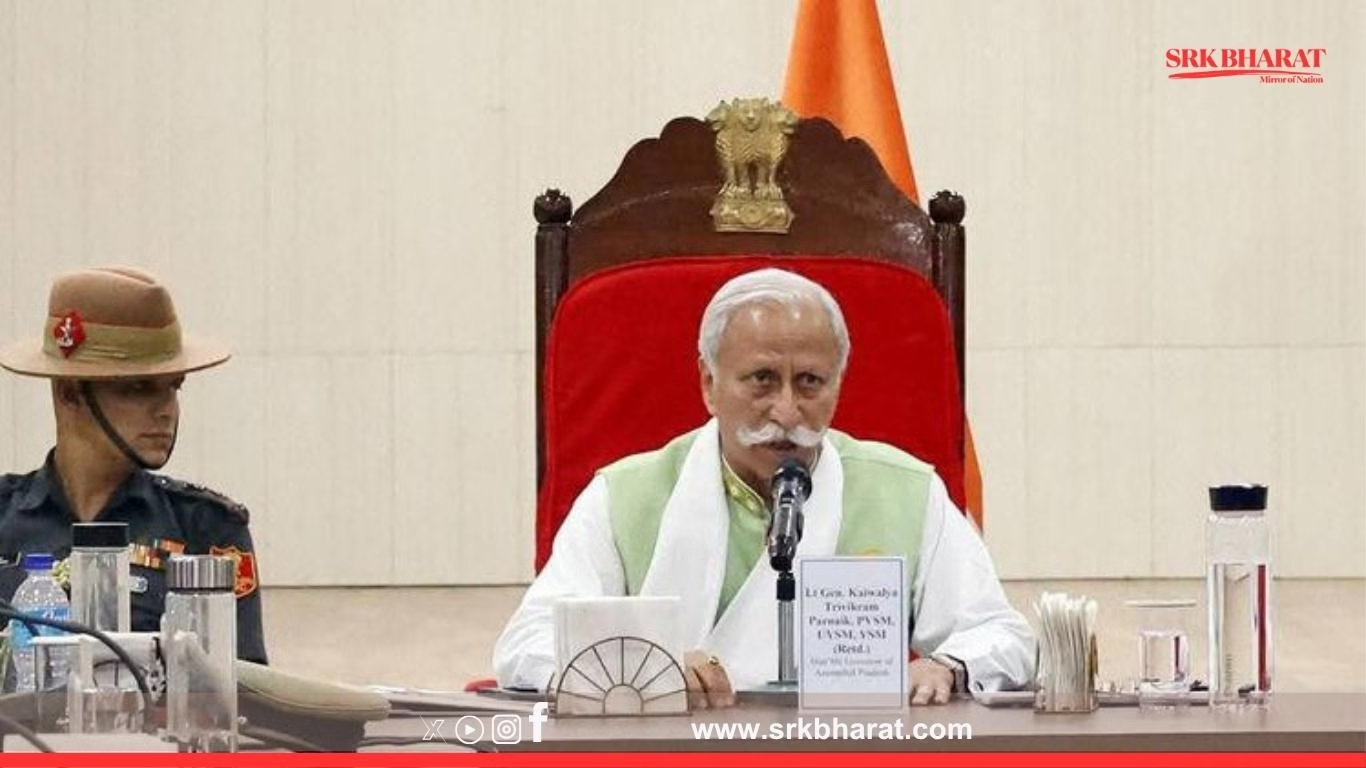In a landmark administrative decision, the Meghalaya government has announced the introduction of student uniforms in all government colleges across the state from the upcoming academic session. The policy aims to promote equality, discipline, and a sense of identity among students while reducing socio-economic disparities on campuses.
🔍 Key Highlights Of The New Uniform Policy
| Aspect | Details |
|---|---|
| Implementation | From August 2025 academic session |
| Applicable to | All government-run degree colleges in Meghalaya |
| Uniform type | Gender-neutral formal dress code decided by each college |
| Objective | Promote equality, discipline, and identity among students |
| Announcement by | Education Minister Rakkam A Sangma |
📌 Why Meghalaya Is Introducing College Uniforms
Education Minister Rakkam A Sangma stated:
“Uniforms will foster a sense of equality among students by removing socio-economic distinctions visible through attire. It will also instil discipline and belongingness to the institution.”
🏫 Current Status: No Uniforms In Government Colleges
At present, students in Meghalaya’s government colleges wear casual or semi-formal attire of their choice. This, according to college principals, has:
- Created visible socio-economic divides between students from rural and urban backgrounds
- Led to discipline concerns regarding inappropriate or distracting clothing
- Reduced college identity and formal decorum on campus
💡 Proposed Uniform Guidelines
While a state-wide uniform design is not mandated, colleges have been advised to:
- Choose simple, affordable, and gender-neutral uniforms
- Finalise colours and designs in consultation with student unions and faculty
- Ensure suppliers are local weavers or textile units wherever possible to support livelihoods
- Allow exemptions for tribal traditional attire on notified cultural days
👥 Student Reactions
The decision has evoked mixed reactions.
- Supporters argue that it will promote equality and reduce peer pressure to buy expensive branded clothes.
- Opponents, especially urban college students, feel it limits freedom of expression at an adult education stage.
Mary Kharkongor, final-year BCom student at Shillong College, said:
“Uniforms will save us daily confusion over what to wear. Many classmates struggle to afford western attire daily.”
Conversely, Benedict Mawlong, a BA student at Tura College, remarked:
“We are not school children. College is about freedom. Uniforms may unnecessarily infantilise us.”
📝 Teachers’ Perspective
Most teachers welcomed the move, saying it would:
- Improve discipline and focus on academics
- Reduce bullying or elitism based on clothing brands
- Help easily identify students within campus for safety and administrative purposes
⚖️ Education Department’s Clarification
The Education Minister clarified:
- Colleges can choose culturally appropriate uniform designs, incorporating Khasi, Garo, or Jaintia weave patterns if they wish.
- Fees for uniforms will be kept minimal, and financial assistance will be provided to BPL (Below Poverty Line) students.
- Uniforms will be implemented only after extensive consultations with students, teachers, and parent committees in July.
📈 Expected Benefits Of The Uniform Policy
| Benefit | Impact |
|---|---|
| Promotes equality | Reduces visible income-based attire differences |
| Enhances discipline | Creates a formal learning environment |
| Strengthens identity | Builds college pride and unity |
| Ensures safety | Helps identify students easily during emergencies |
| Economic boost | Uniform procurement can support local textile units |
🔍 Experience From Other States
Several Indian states have similar college uniform policies:
- Tamil Nadu: Government arts and science colleges have uniforms to maintain decorum.
- Kerala: Some government colleges have introduced dress codes resembling uniforms to promote equality.
- Assam: Select government colleges enforce uniforms with local ethnic motifs.
🗣️ Voices From Education Policy Experts
Prof. Sanbor Thabah, North Eastern Hill University:
“While uniforms promote equality, policymakers must ensure they do not impose cultural homogenisation. Flexibility to include ethnic weaves and traditional attire is crucial.”
Dr. Wansuk Syiem, educational sociologist:
“College uniforms can reduce peer pressure on attire. However, implementation must be sensitive to students’ cultural identities and financial capacities.”
💬 Political Reactions
The opposition Congress welcomed the move but cautioned against:
“One-size-fits-all implementation that ignores Meghalaya’s tribal cultural diversity.”
Meanwhile, student groups affiliated with HYC and GSU demanded exemptions for cultural attire on specific days to preserve indigenous identity within academic spaces.
📊 Meghalaya College Education Overview
| Parameter | Statistics |
|---|---|
| Government colleges | 38 |
| Total government college students | ~62,000 |
| Rural student representation | ~55% |
| Female students | ~57% |
| Top courses | BA, BCom, BSc, BSW, BBA |
(Source: Meghalaya Directorate of Higher & Technical Education, 2024)
📝 Implementation Roadmap
- July 5–20: College-level consultations with student councils and teachers
- July 25: Submission of uniform design proposals to Directorate of Higher Education
- August 1–10: Uniform orders finalised with local suppliers
- August 15 onwards: Rollout begins in a phased manner
✅ Key Takeaways
- The Meghalaya government has announced mandatory uniforms for all government college students from the upcoming academic session to promote equality and discipline.
- While welcomed by many for reducing socio-economic divides, the policy has sparked debates over freedom of expression and adult autonomy.
- Colleges are encouraged to incorporate indigenous patterns and ensure affordability through local procurement and financial aid for disadvantaged students.
- Extensive consultations are planned to finalise culturally sensitive designs before implementation.
🔮 What Next?
The Directorate of Higher & Technical Education will release detailed uniform policy guidelines by mid-July after stakeholder consultations. The move positions Meghalaya as the first state in Northeast India to implement a uniform policy across government colleges, reinforcing its focus on inclusive and disciplined educational environments.
📌 Disclaimer
This news content is for informational and editorial purposes only. Data has been sourced from Meghalaya government releases, interviews with students and teachers, and education department officials. For official policy details, refer to notifications issued by the Directorate of Higher & Technical Education, Meghalaya.











